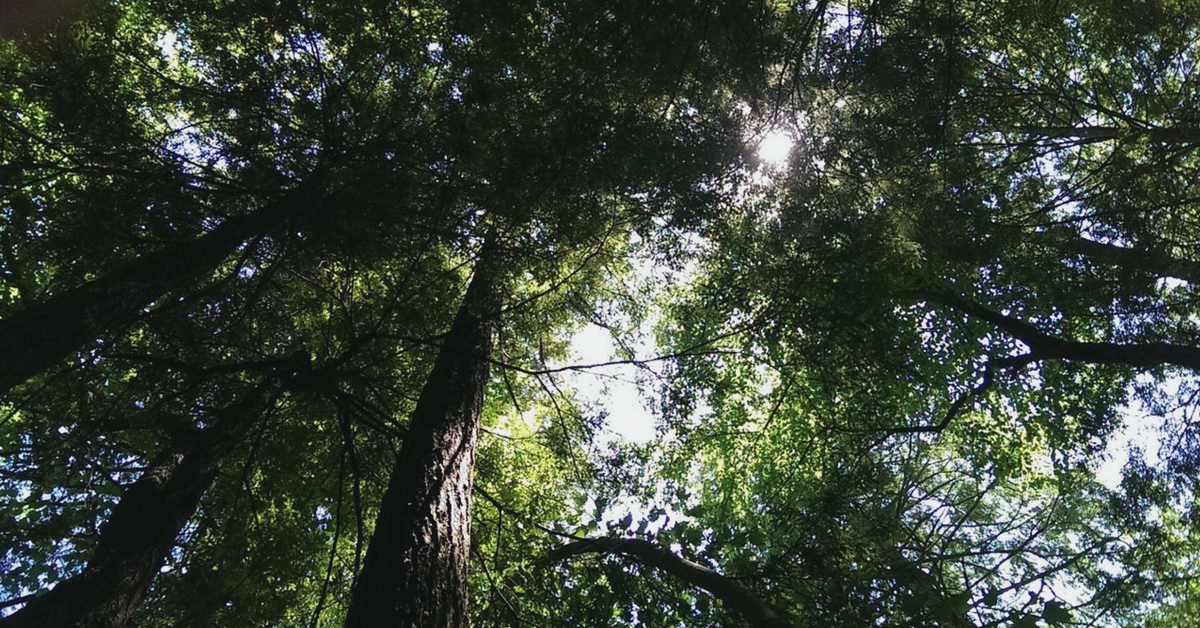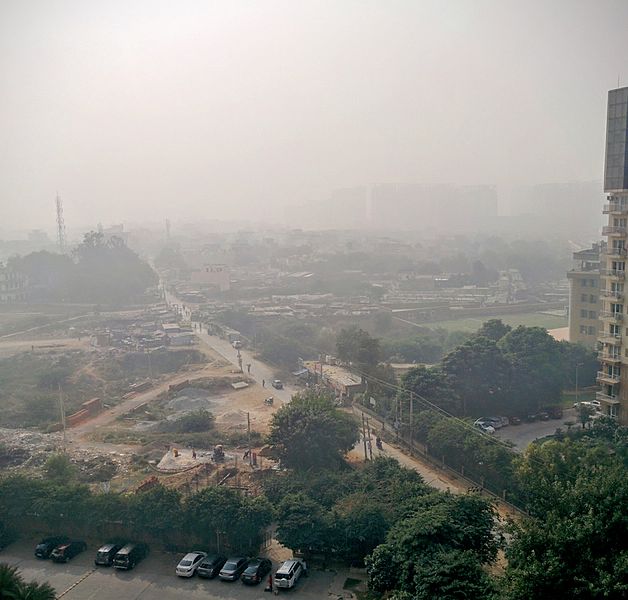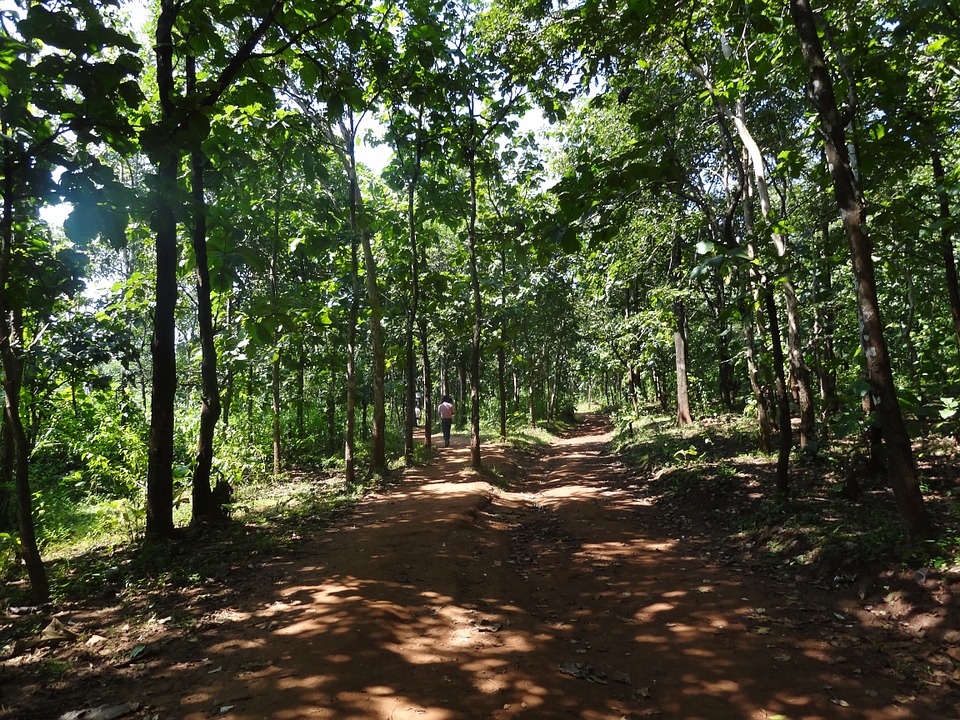This Is the Cheapest Way to Save the Planet, and the Science Proves It
Trees have nurtured life since time immemorial, and render services which are nearly impossible to be provided by any other means.

If you are on a flight to New Delhi, chances are that the first thing you will notice while approaching the airspace is the thick smog that envelopes the city, and the lack of greenery.
The sorry state of Delhi’s air has recently been in the news, and I feel that that planting trees on a large scale in cities is one of the best solutions to air pollution.
Trees have nurtured life since time immemorial. They are a bridge between heaven and earth. They take water and minerals from the soil through the roots, carbon dioxide from the atmosphere through their leaves and with the help of solar energy convert them into oxygen and food—the two fundamental ingredients of life.
Trees also produce rain, since the evaporation of water from their leaves changes the microenvironment and helps in rain precipitation. Increased rain can also reduce air pollution.
They help clean the air and environment by reducing dust, reducing noise pollution, absorbing pollutants like carbon monoxide, sulphur dioxide, nitrogen dioxide, etc. and fighting soil erosion.

A large body of data on the beneficial effects of trees has been published world-over. It has been shown that trees are excellent in capturing harmful particulate matter (PM) of 2.5 to 10 micron (micrometre) size. These particulates are mostly produced from automobile exhaust fumes and burning biomass. When inhaled, the 2.5 PM particles can also go directly to the brain and can cause various ailments including cancer while PM 2.5 to 10 particles cause asthma and various other lung diseases. There are guesstimates (since the numbers are speculative) that 3 million deaths per year world-over are due to inhalation of this particulate matter.
Also Read:10 Years, 400 Trees: How One Man Is Bringing Back Navi Mumbai’s Green Cover
Trees capture these particles quite effectively in the following way. The waxy surface of leaves and their random orientation help in capturing them. Also, the leaves are positively charged and hence attract the negatively charged 2.5-10 PM particles. All these three mechanisms make a tree an excellent particulate remover.
In a study conducted at the University of Exeter, researchers found that more trees in urban neighbourhoods correlated with a lower incidence of asthma.

Researchers have also discovered that particulate pollution can reduce by almost 24% if about 20-30% of the city area is covered by trees! In most Indian cities, the tree cover is between 7-15%, and hence there is a need to increase it. Besides reducing air pollution trees also make-up the planet’s heat shield. They help to keep the concrete and asphalt of cities and suburbs cool and protect our skin from the sun’s harsh UV rays.
Though the leaves of every type of tree catch pollutants, conifer trees (pines or those with needle-like leaves) are one of the best options. Evergreen trees (trees which do not shed their leaves during winter) are also effective in catching particulates and dust. Thus there should be a healthy mix of evergreens in the tree selection for planting.
The efficiency of particulate capture reduces when the leaves are covered with dust and oil from vehicular pollution. However, a single rain shower cleans them up, and they become ready for the process of removing particulate pollutants. Besides trees can also be cleaned by ground-based high-speed hoses. This is far better and cheaper than the artificial rain that some people have suggested for the purpose of removing air pollution.
Trees also release vast clouds of beneficial chemicals. On a large scale, some of these aerosols appear to help regulate the climate; others are anti-bacterial, anti-fungal and anti-viral.Trees are nature’s water filters, capable of cleaning up the most toxic wastes, including explosives, solvents and organic wastes, largely through a dense community of microbes around the tree’s roots that clean water in exchange for nutrients, a process known as phytoremediation.
If all the above services were to be provided by human-made machines, then it would cost mankind about 4 trillion dollars per year (twice the size of Indian economy). A recent study concluded that for the city of Mumbai alone, trees provide approximately 13 billion dollars’ worth of ecosystem services.
This proves that trees and forests provide services which are nearly impossible to be provided by any other means.

In the old times, there used to be a slogan for tree planting—each one plant one. I think it should be revived and it is in the interest of every city dweller to plant trees. A simple method is to carry seeds of any tree variety in one’s pocket and keep on throwing them around especially in the rainy season while walking near the roads and empty spaces in cities. With time some of them will germinate and grow.
If each one of us does it, then cities can become greener. However, for this to happen, it is necessary that the local governments (and forest departments) should make the seeds of various trees available to the general public.
Also, too often the tree litter is burnt in most cities and towns which further increase the air pollution in the city. All leaf and other tree litter should be composted to enrich the soil further, to help the growth of trees.
Also Read: Solar Trees & Eco-Friendly Loos: How a Mumbai Startup Is Helping India Go Green
Besides cleaning the atmosphere physically, trees also act as spiritual antennas. History is full of examples about how some of the great thinkers got their ideas while taking long walks in the woods.
In Japan, researchers have long studied what they call “forest bathing.” A walk in the woods reduces the level of stress chemicals in the body and increases natural killer cells in the immune system, which fight tumours and viruses.
Studies show that anxiety, depression and even crime are lower in a landscaped environment.

I can personally vouch for the beneficial effects of trees, as I have lived and worked for last 40 years surrounded by trees—both around my house and NARI, where I work. Trees provide a balm to eyes, green lungs to the surroundings and solace to the soul.
Like this story? Or have something to share? Write to us: [email protected], or connect with us on Facebook and Twitter.
NEW: Click here to get positive news on WhatsApp!
This story made me
- 97
- 121
- 89
- 167
Tell Us More
We bring stories straight from the heart of India, to inspire millions and create a wave of impact. Our positive movement is growing bigger everyday, and we would love for you to join it.
Please contribute whatever you can, every little penny helps our team in bringing you more stories that support dreams and spread hope.



















